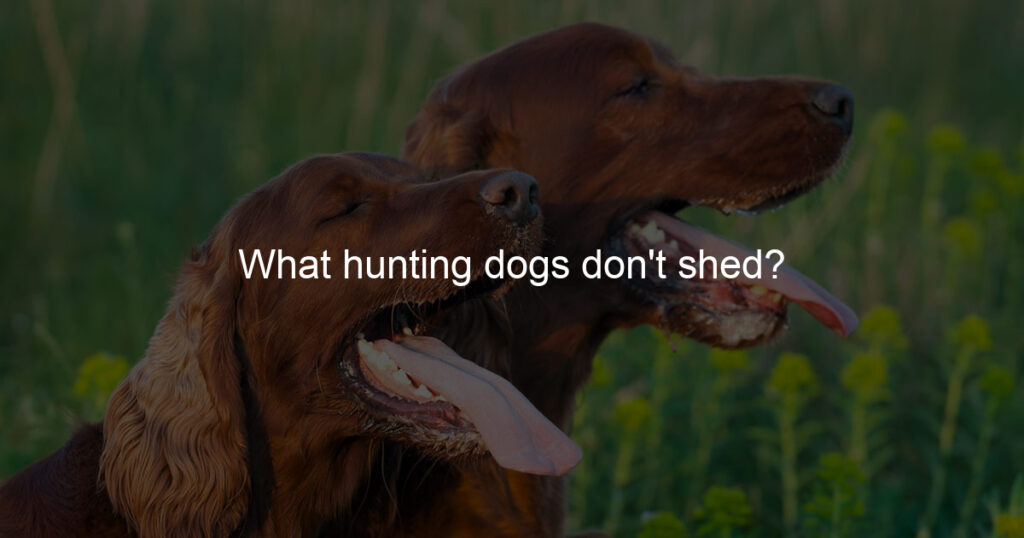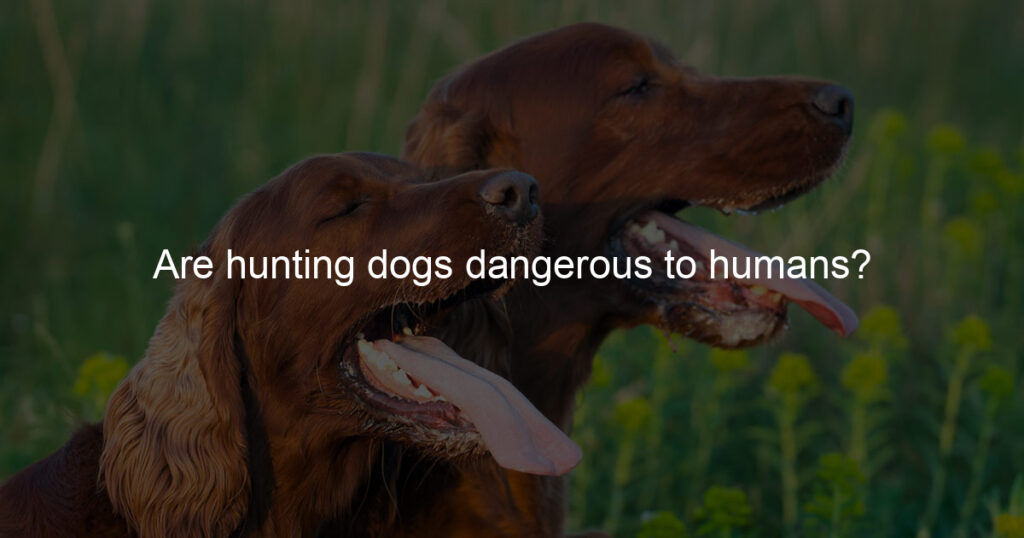Do you have a hunting dog that has the potential to track deer? If so, it’s time to commit to teaching them this invaluable skill – because people who own hunting dogs know just how beneficial it can be. Training your pup for blood tracking isn’t always an easy task, but with commitment, patience, and the right approach you are sure to achieve success in no time!
We will provide helpful tips on how you can train your four-legged friend for blood tracking, outlining key techniques and areas of focus along the way. So grab a leash and let’s get ready for some training – happy trails ahead!
What is the best dog for blood tracking deer?
When it comes to tracking deer through their scent, there is no one breed that stands out as the best. Blood-tracking dogs are not judged by their breed and size, but rather by their intelligence and innate ability to detect scent.
A highly capable tracker needs to be energetic and have a great nose for scents, and many breeds excel at this task, including Bloodhounds, Beagles, and various spaniels.
If done correctly and safely, deer blood tracking with a canine can provide helpful insight during hunting season or when trying to find an injured animal. It’s important to ensure that the dog is up-to-date on all vaccinations since they will be running through rough terrain and could potentially come across infected animals while doing their job.
How do you train a bloodhound to track?
Training a bloodhound to track can be an intensive and rewarding process. Proper socialization early on is key to achieving success and allowing the bloodhound to reach its full potential as a skillful tracker.
Firstly, dogs should be exposed to new, different environments from a young age so as to become accustomed to such situations as they continue their training. Along with basic obedience commands such as sit, stay, come, and down, handlers must also teach the dogs how to find substances by scent and navigate through various terrains.
Patience and consistency count when introducing instructions like different tracking patterns so that over time the dog will be able to actively recognize any subtleties in the terrain or traces of scent.
Once these fundamentals are mastered it takes practice to refine tracking ability, but with enthusiasm and determination both handler and hound can become part of an amazing team set on unraveling mysteries, others may have given up on.
What is the best tracking dog?
There is no single answer to this question because it best depends on the application. Tracking dogs have many different uses, such as finding lost people, assisting police investigations, or locating escaped criminals and suspected criminals.
A breed used for one purpose may not be suitable for another. For instance, a border collie may be more suited to farmwork while a Labrador Retriever might be better in search-and-rescue operations. The size, energy level, and intelligence of the breed all need to be considered when selecting the tracking dog for a particular task.
Ultimately, the best tracking dog comes down to the individual needs of the user and how well that breed fits those needs in order to succeed in its mission.
Can any dog track a deer?
Whether any breed of dog can track a deer may depend on the age and experience of the particular animal. Many hounds, such as beagles and basset hounds, have an intrinsic love for tracking and will take it upon themselves to search for prey with remarkable devotion.
Although these dogs may not have the same prowess as some other hunting breeds, they can still make success stories out of honing their skills. Additionally, their size makes them more capable of zig-zagging through brush and trees without getting scratched up compared to bigger breeds.
While it’s ultimately an individual decision as to which type of canine is best suited for this purpose, having a loyal and determined friend by your side while you go on a hunt can make all the difference in finding your quarry.
How to train a dog to track deer blood?
Training a dog to track deer blood can be a fun and rewarding bonding experience for both dog and human. It is important to begin by slowly introducing your dog to track, starting with a familiar scent like their own treat.
As your pup gets more comfortable with the activity, you can move on to other scents like deer blood. Similarly, gradually increase the distance that your pooch must hunt. It is best to reward them incrementally; meaning as soon as they recognize the scent, rather than when they complete the mission.
Dogs learn much more quickly if eagerness and enthusiasm are maintained from the beginning to the end of every training session. With repetition and patience, your pup should be an expert tracker in no time!
Conclusion
Training your hunting dog to track deer can be an immensely rewarding experience for any hunter. Not only does it teach your pup essential skills when it comes to the hunt, but it can also be a bonding activity between canines and humans.
As with any type of training, consistency is key in getting your hunting dog up to speed on proper tracking behaviors. In addition to providing regular reward-based instruction, providing plenty of food and water before setting off on a hunt are just as essential for success.
With enough patience, positive reinforcement, and practice, your four-legged companion will soon be confidently leading you towards the right path– increasing chances of finding even the most well-hidden game animal!








